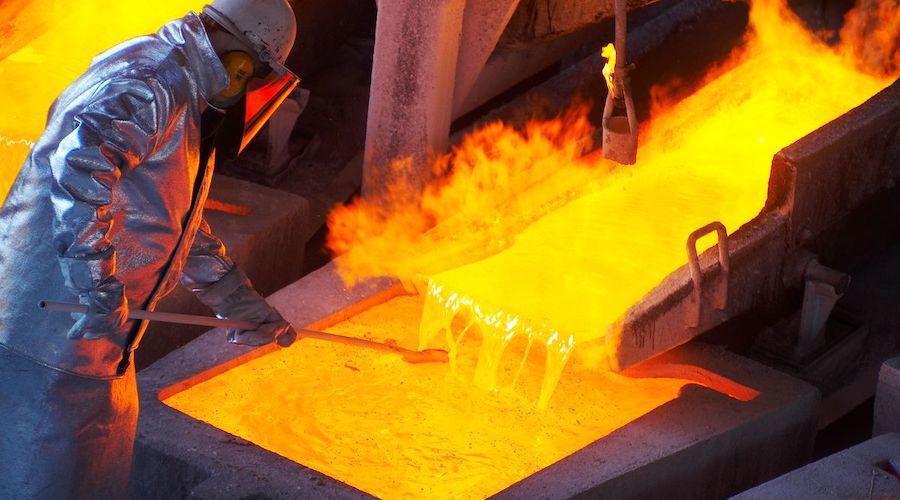What the shale boom looks like from space and why we should care
The U.S.’s shale boom has become so vast that the flares generated by this activity can now be seen from space, shows a recent report released by the National Aeronautics and Space Administration (NASA).
In night-time satellite images captured in November, North Dakota’s Bakken shale, the oilfield that has lead the change in the US’ oil and gas industry during the past five years, shines almost as some major cities.
The image above was captured by the Visible Infrared Imaging Radiometer Suite (VIIRS) “day-night band,” which detects light in a range of wavelengths from green to near-infrared and uses “smart” light sensors to observe dim signals such as gas flares, auroras, wildfires, city lights, and reflected moonlight, said NASA.
The beams we see are towers burning off natural gas from oil wells 24 hours a day. They are generating enough gas to power all the homes in Chicago and Washington combined, explains NASA.
But the practice is causing growing concern about the waste of resources and damage to the environment.
The amount of unwelcome gas being flared off in North Dakota, the state leading the shale revolution, increased nearly 50% last year.
And the situation can only get worse, believe experts, as other states such as Texas issued 1,963 permits last year, more than six times the number of 306 in 2010.
According to the U.S. Energy Information Administration, natural gas production from the Bakken shale has increased more than 20-fold between 2007 and 2010. Gas production averaged over 485 million cubic feet per day in September 2011, compared to the 2005 average of about 160 million cubic feet per day.
Due to the lack of a gas pipeline and processing facilities in the region, about 29% of that gas is flared, says the agency.
Gas flaring, however, it is not a new issue, reports Financial Times (subs. required). Pressed by shareholders, environmental groups and the World Bank, oil companies cut their worldwide flaring by 20% between 2005 and 2010. A year later, however, there was a slight increase, caused in part by a sharp upsurge in the US.
According to experts quoted by the British newspaper, excessive flaring is not only environmentally damaging but also a threat to the industry’s growth.
{{ commodity.name }}
{{ post.title }}
{{ post.date }}


Comments